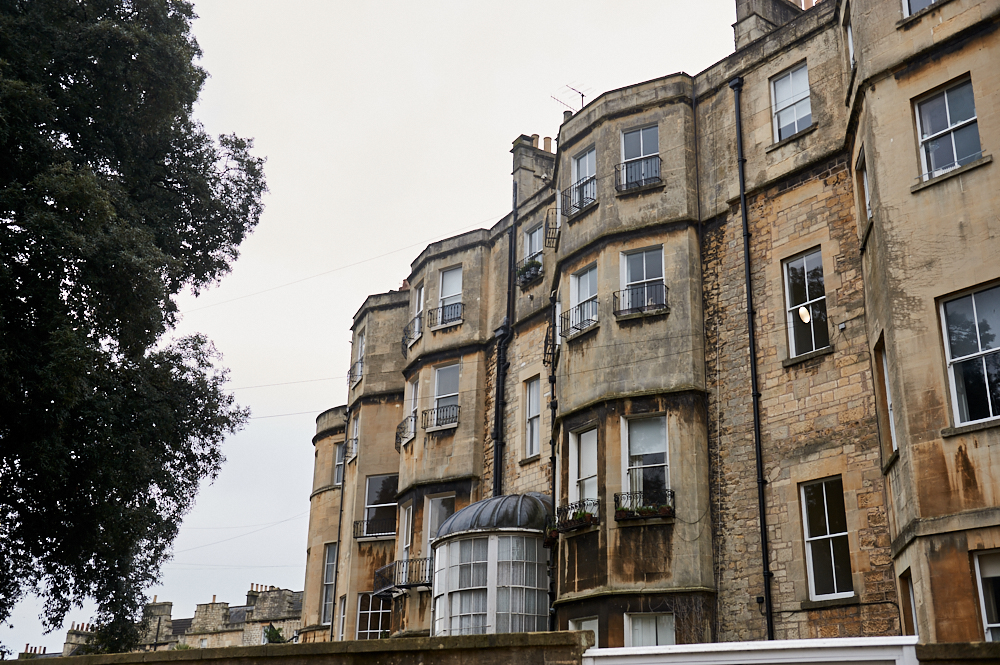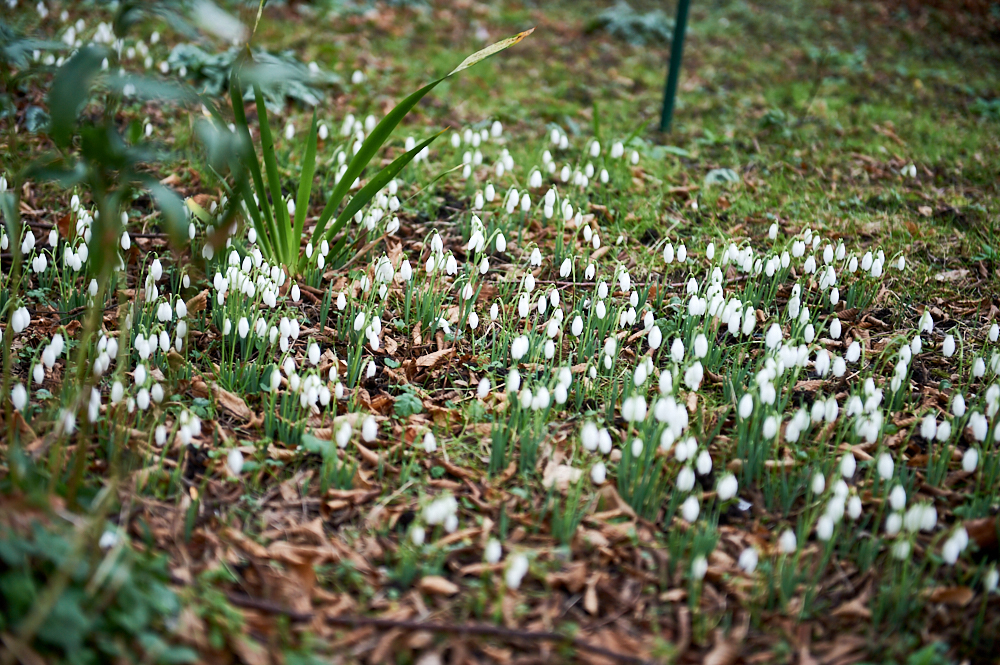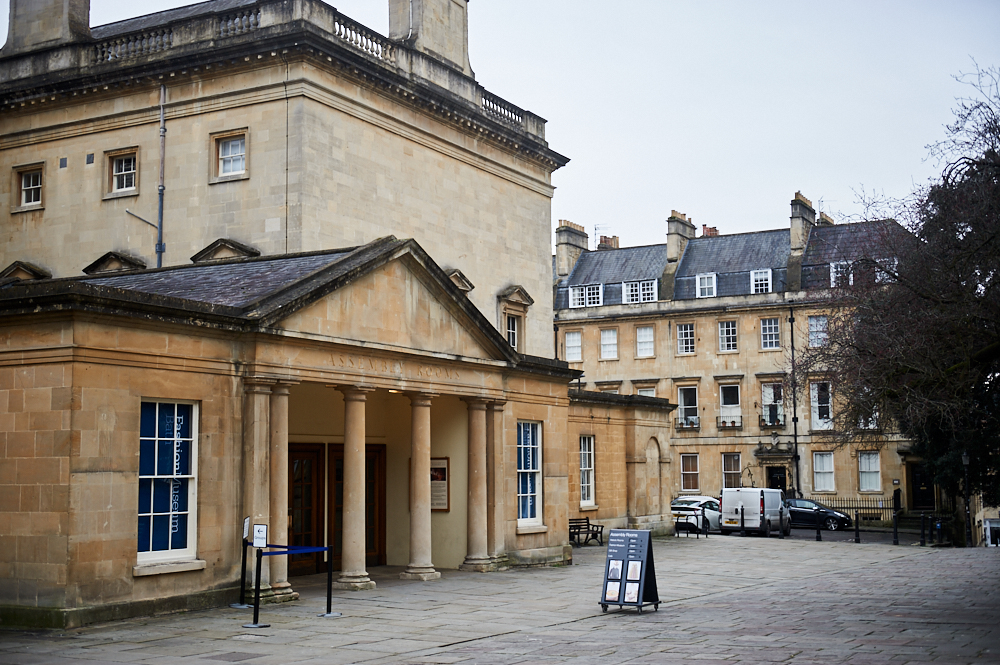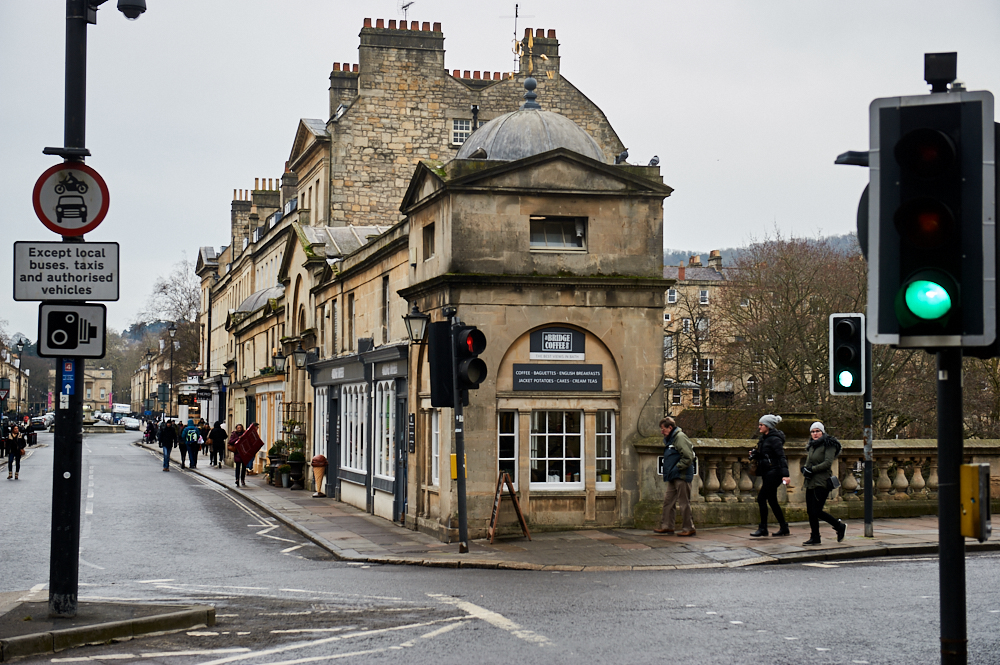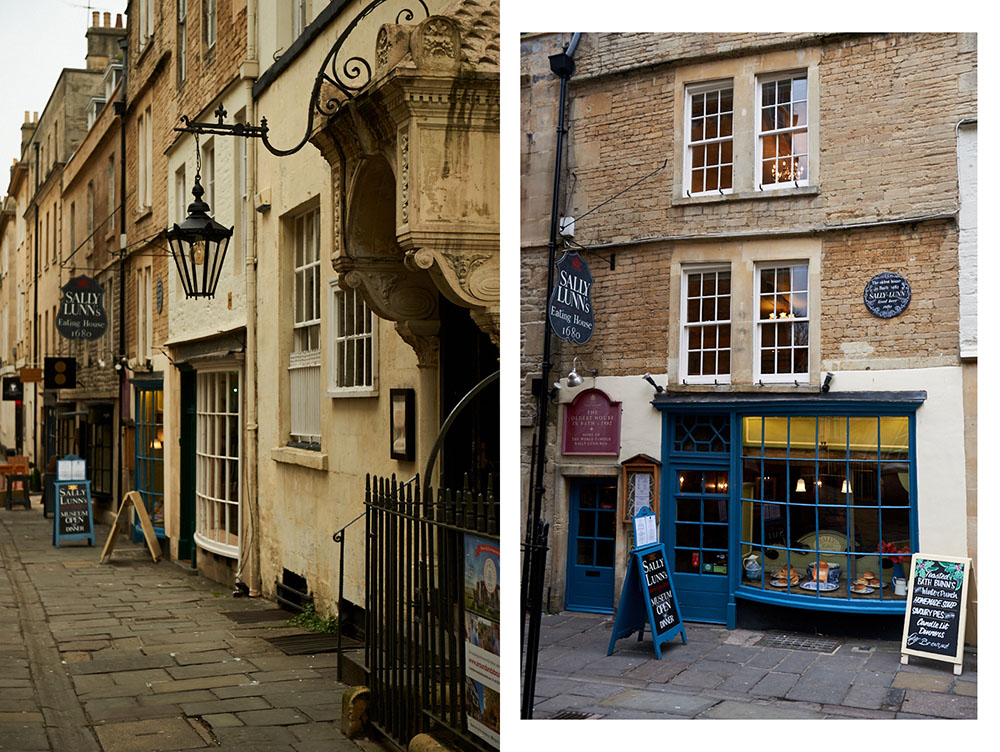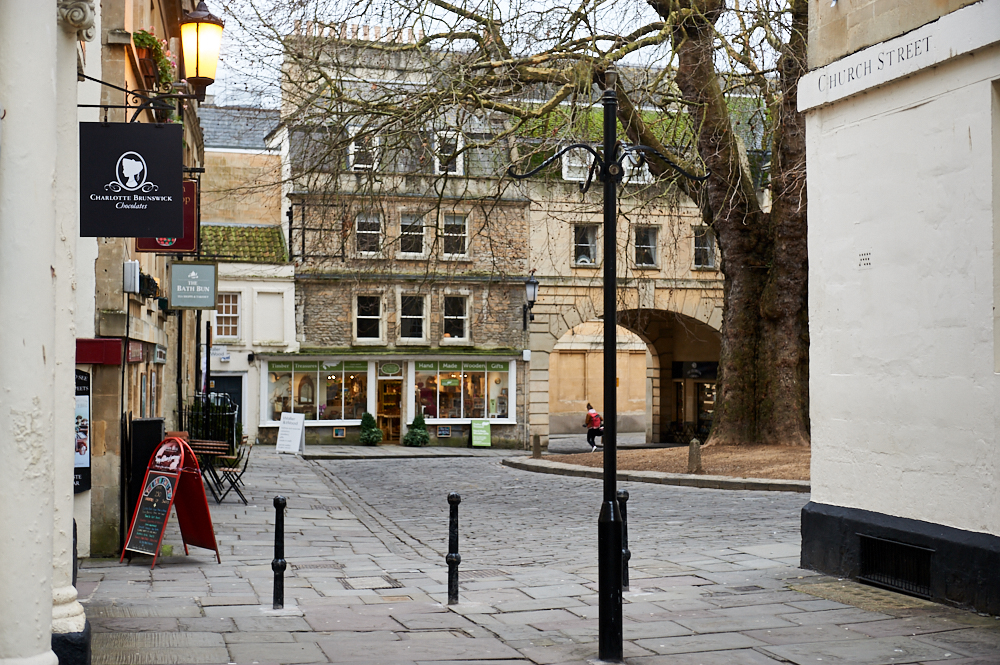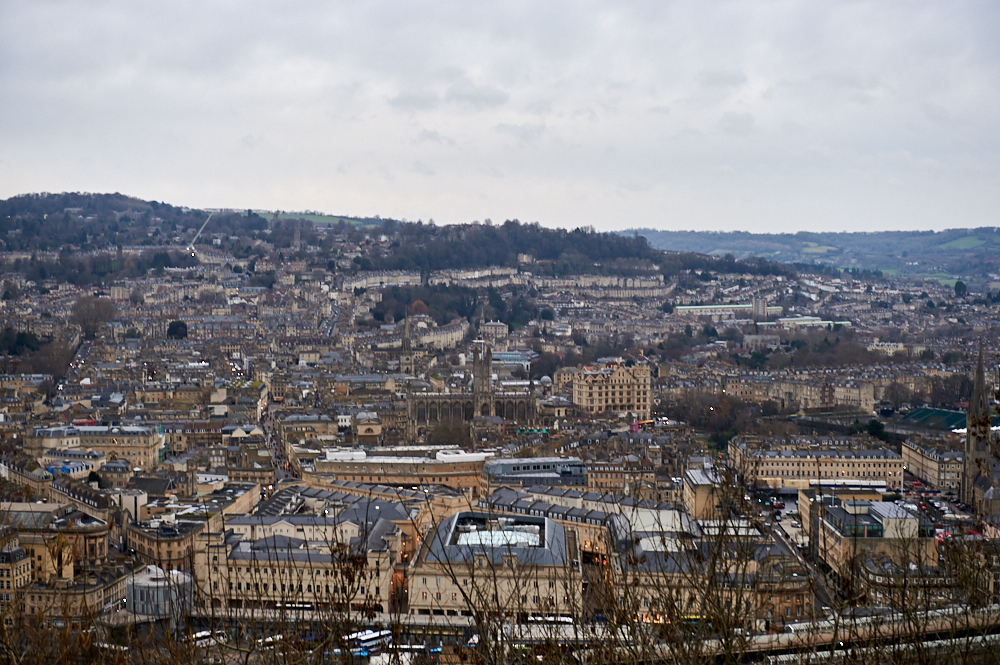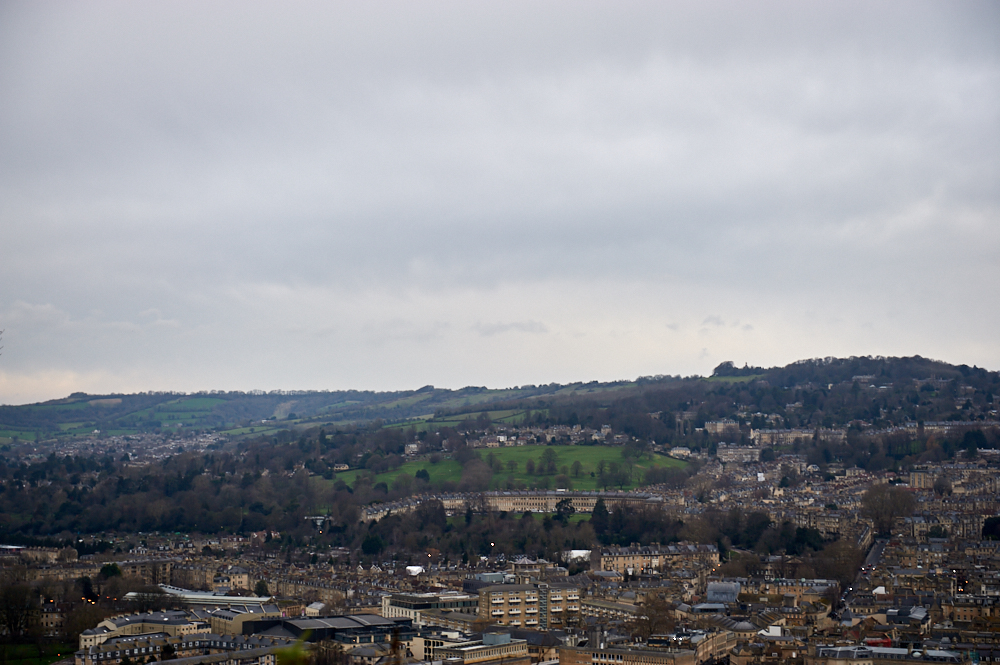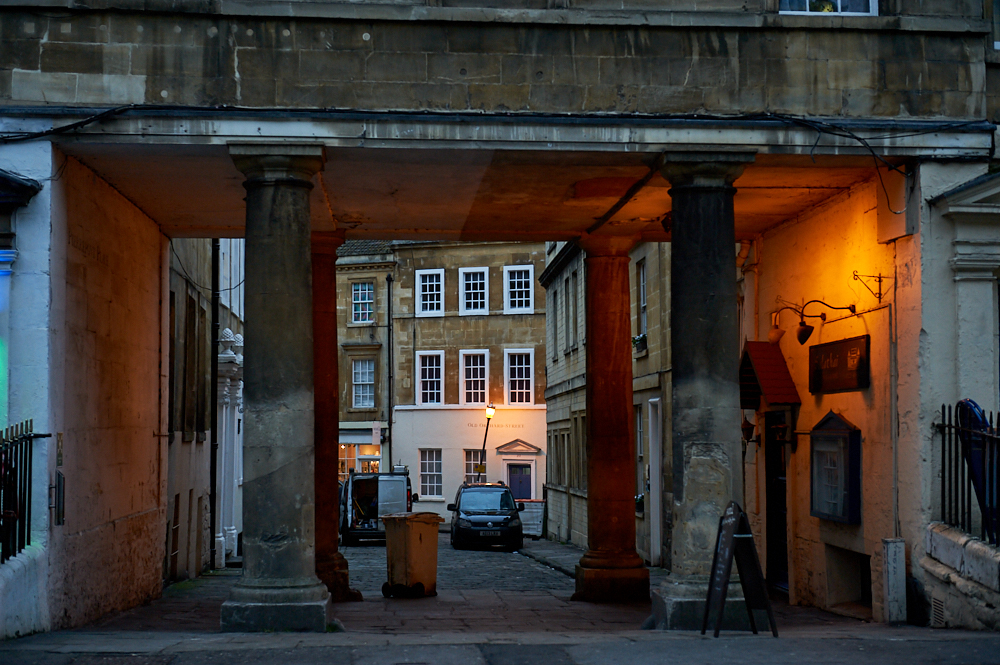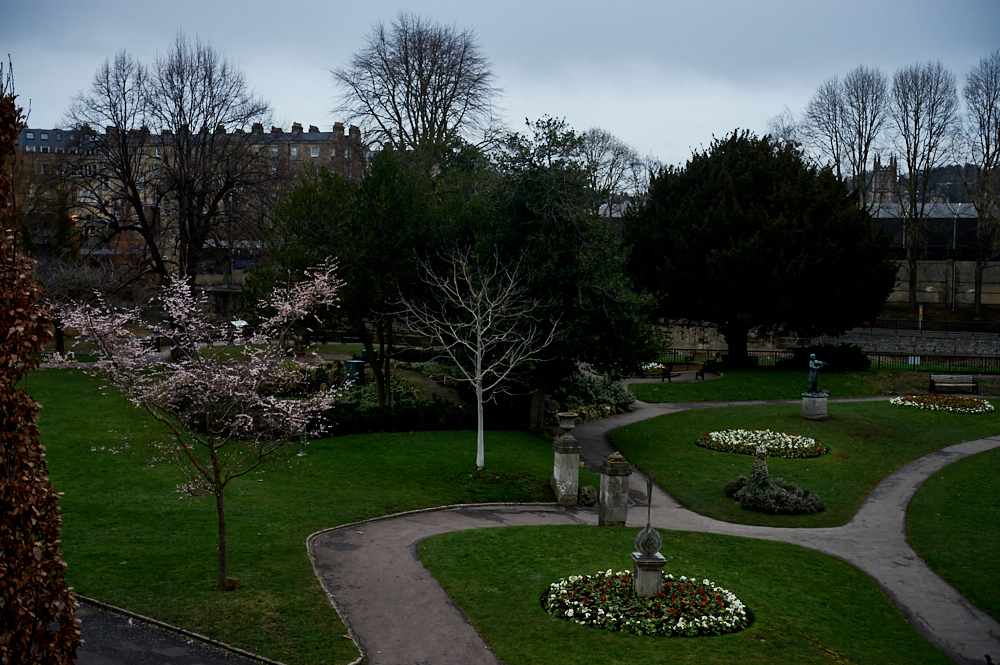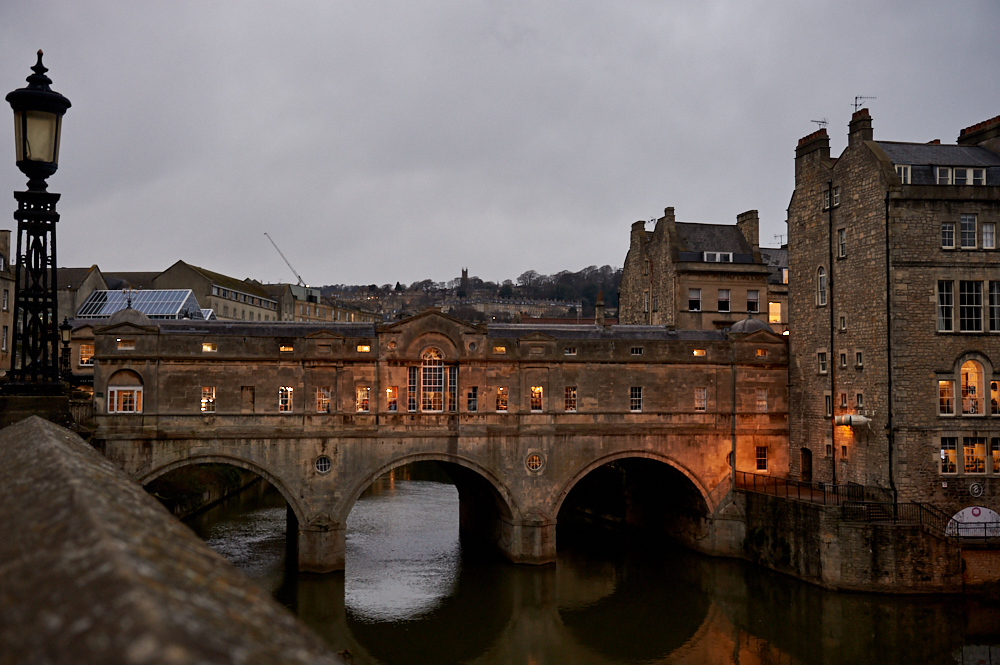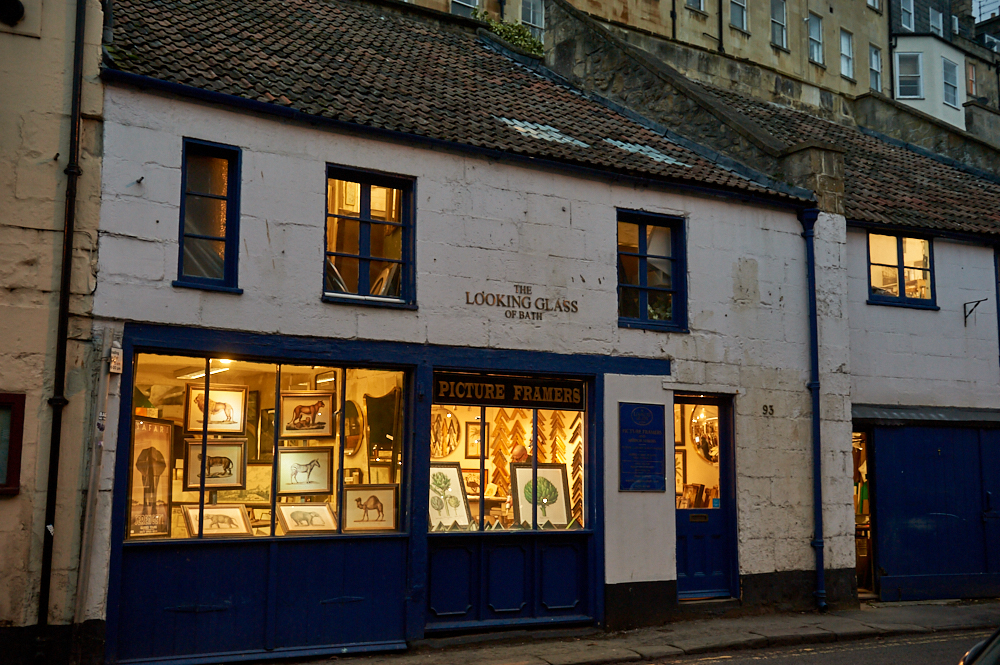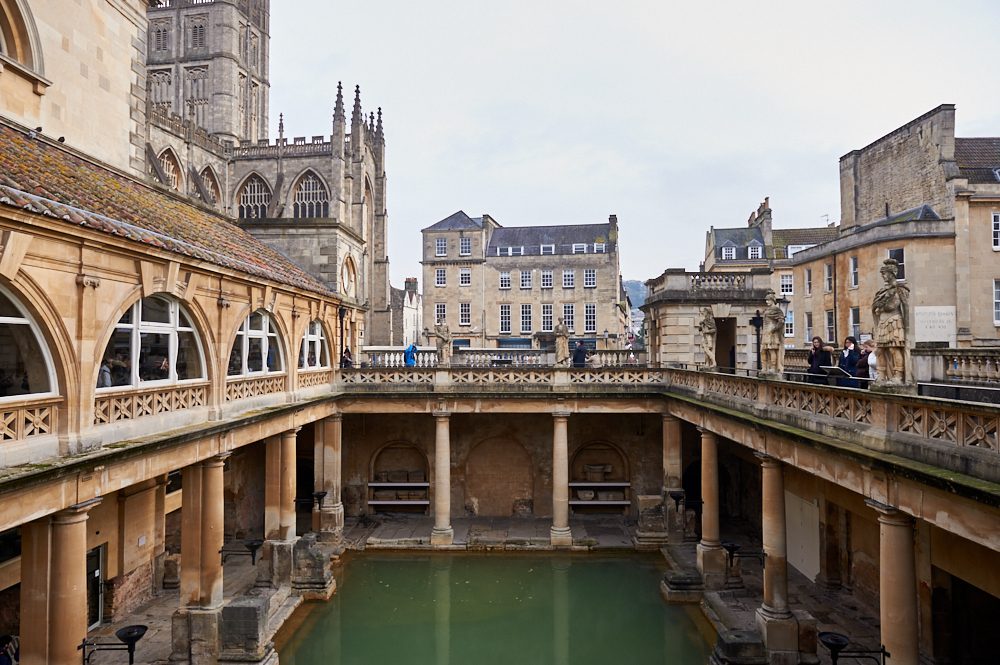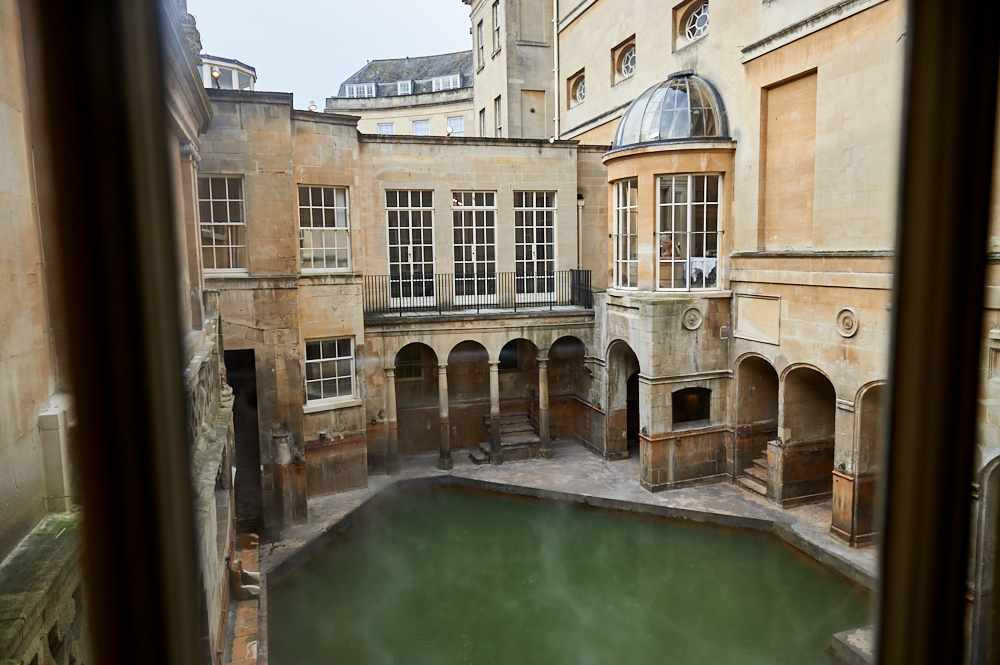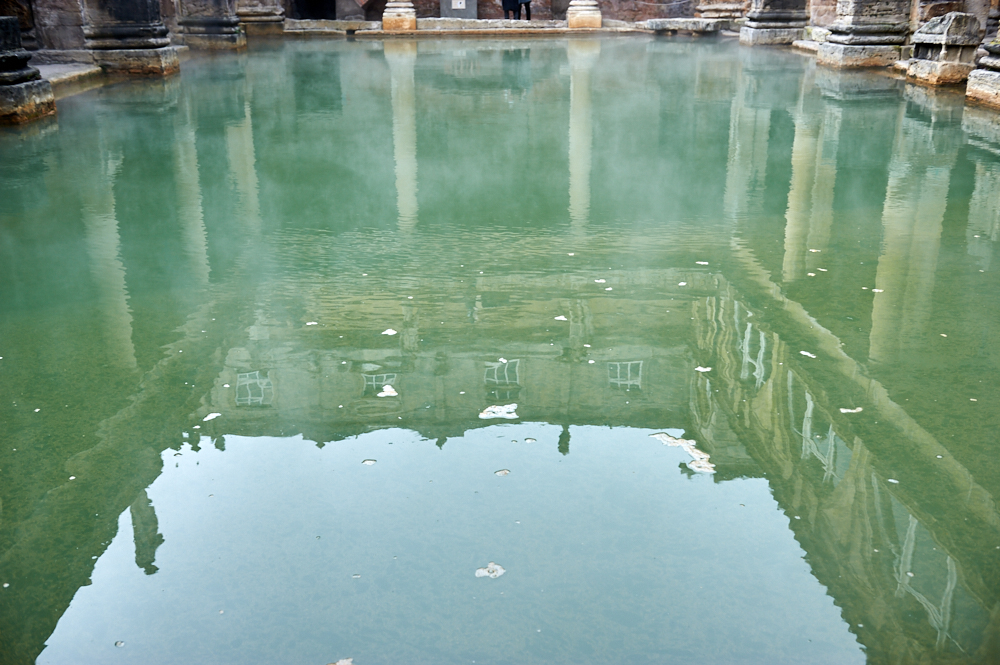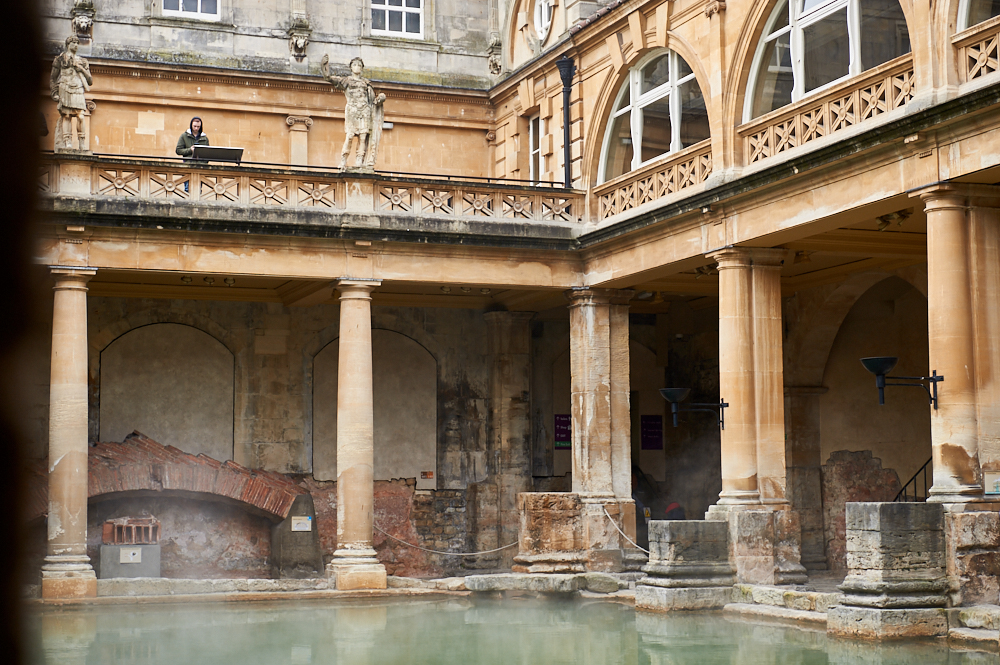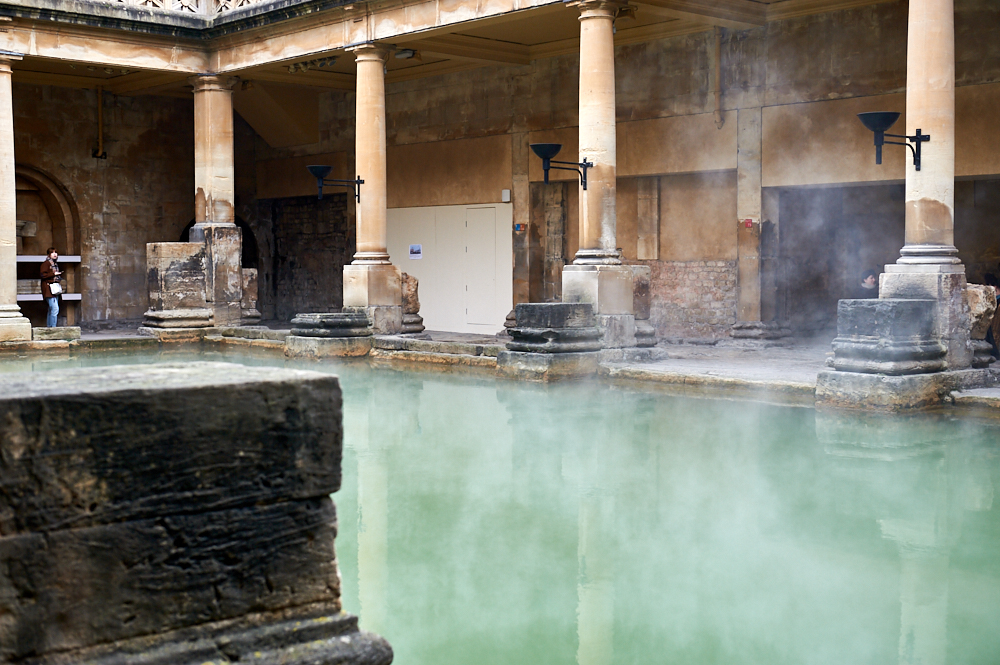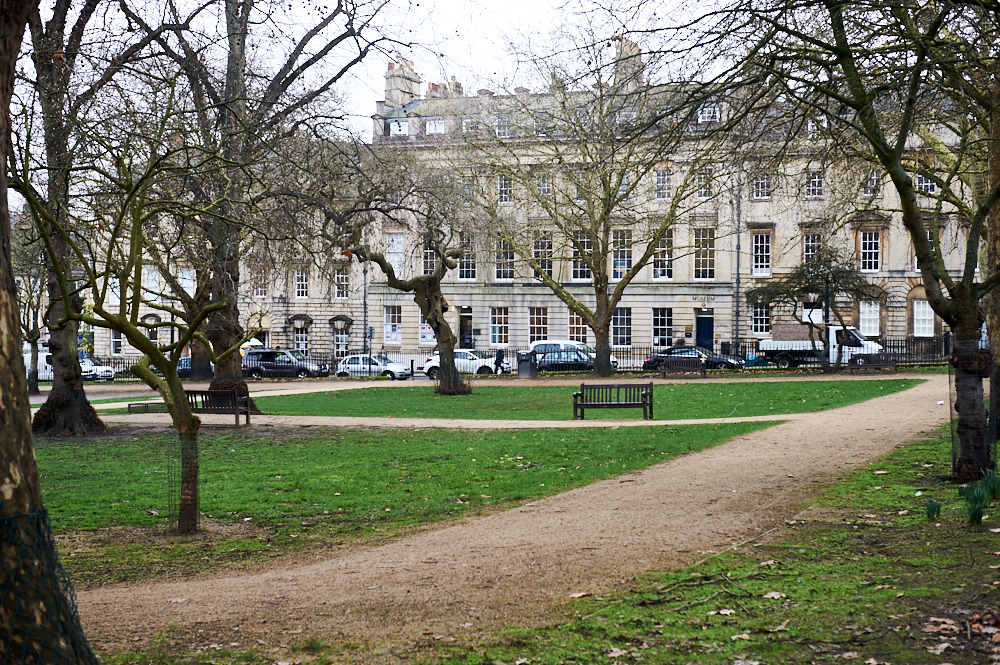
While walking around Bath you see a lot of stunning facades and house, lots of beautiful buildings from the Georgian time. But how does the backside of these buildings look? A question I more or less answered by accident first and then went looking for it!
Queen Square
Pictured above is one side of Queen Square, all buildings around this little garden were built at the same time. The houses are known as the first element in “the most important architectural sequence in Bath”, which also includes the Circus and the Royal Crescent.
Developed by John Wood, the elder, in the early 18th century, who later also lived in one of the houses, in N°9, from where he had the best view over the square. Queen Square was the first project of his ambitious plan to rebuilt Bath and restore its former glory.
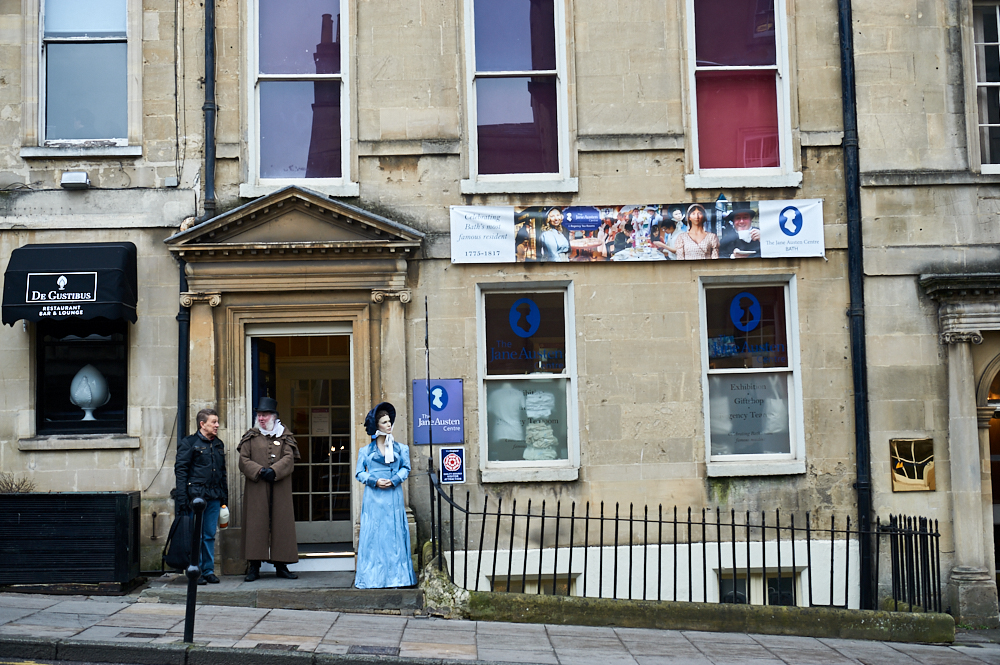
Named after Queen Caroline, wife of George II, it was intended to appear like a palace with wings and the square with the obelisk in the middle should be a place for people to come together.
He understood that polite society enjoyed parading, and in order to do that Wood provided wide streets, with raised pavements, and a thoughtfully designed central garden. The formal garden was laid out with gravel pathways, low planting and was originally enclosed by a stone balustrade. (wikipedia)
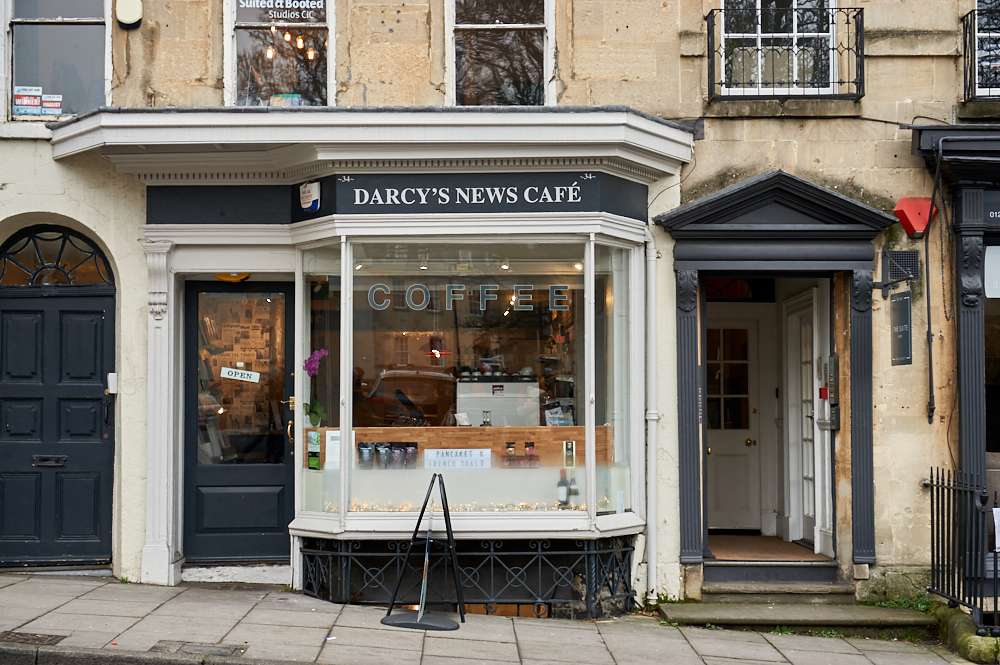
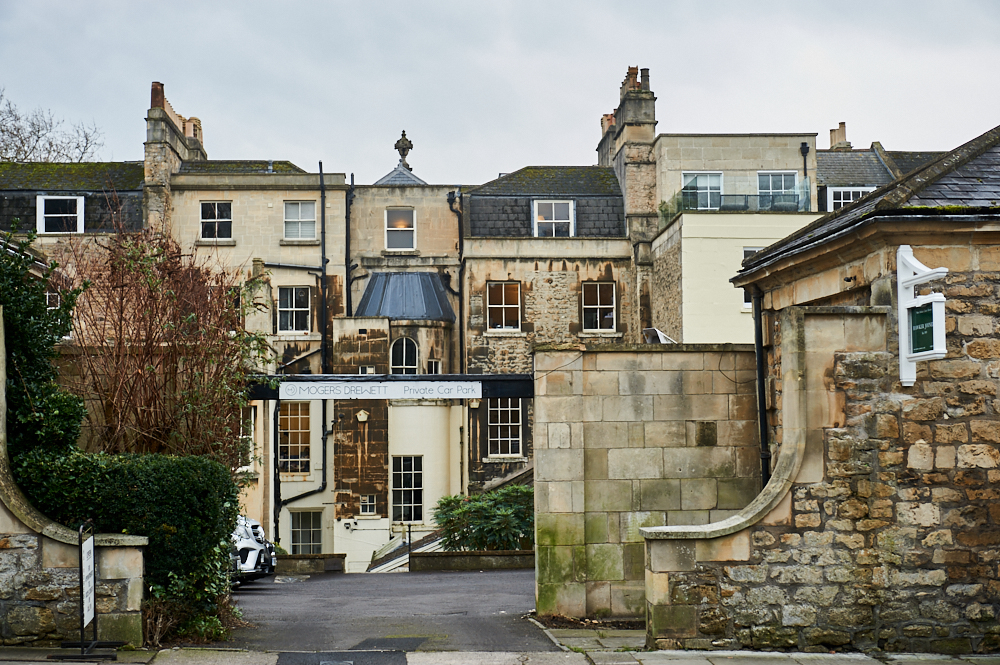
And this is how the buildings on Queen Square look from the backside, while I was on my way to the Georgian Garden, I stumbled over this view and it was then I decided to also go and look for the view from behind.
Former stables are now used as houses or garages.
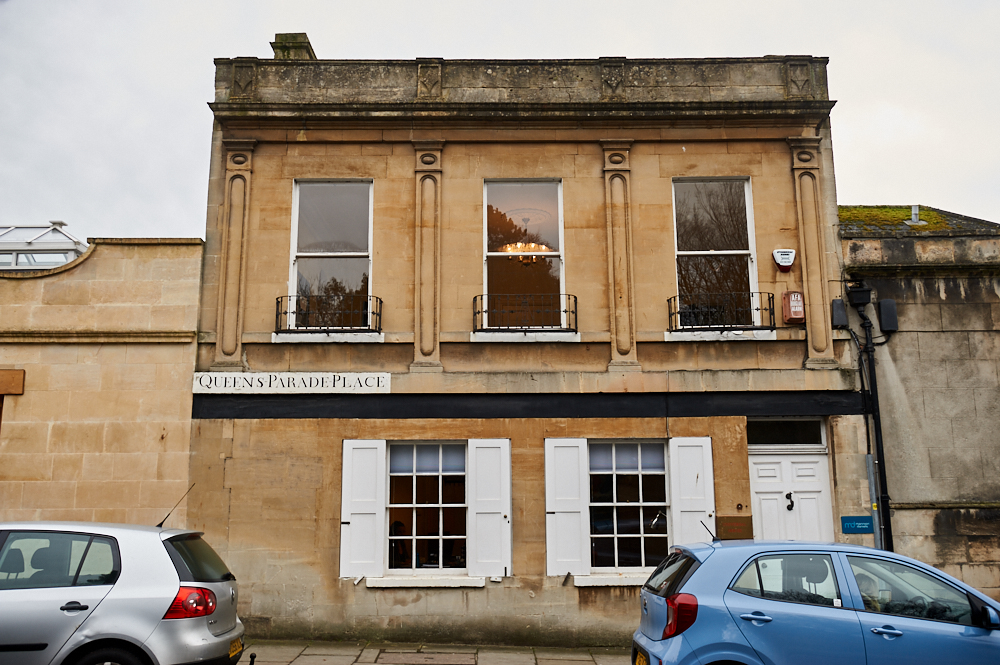
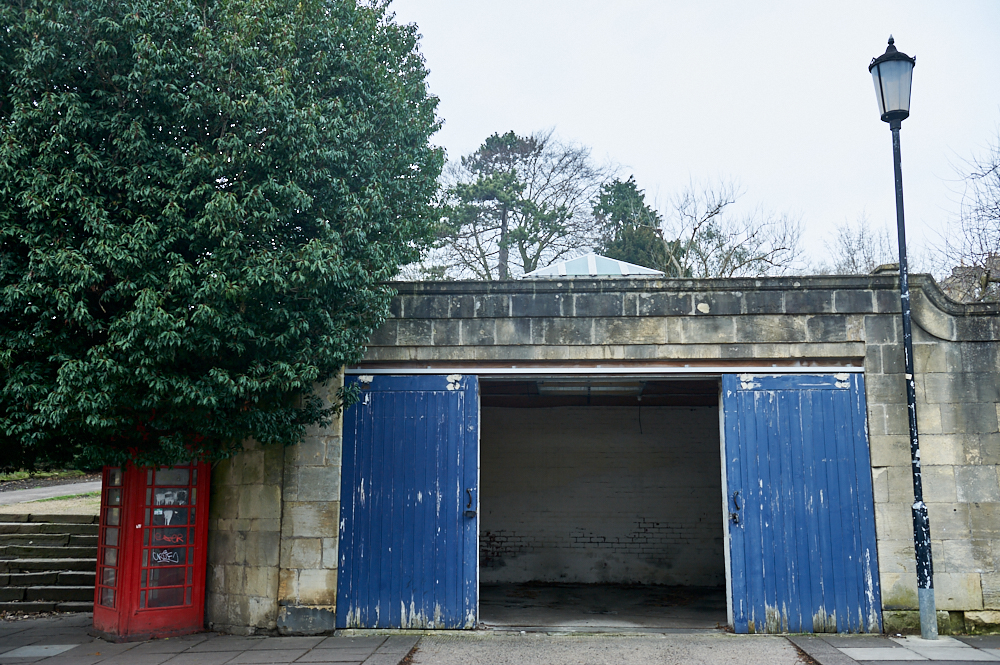
The Georgian Garden
I continued via the Gravel Walk in direction on the Circus, but it was a garden I was interested in.

The Gravel Walk connects Queen Square with the Royal Crescent and made an appearance in Jane Austen’s “Persuasion” when Captain Wentworth and Anne Elliot were finally reconciled. The path follows along the gardens of the houses from the circus and one of the gardens, 4 Circus, is a re-creation of an eighteenth-century town garden.
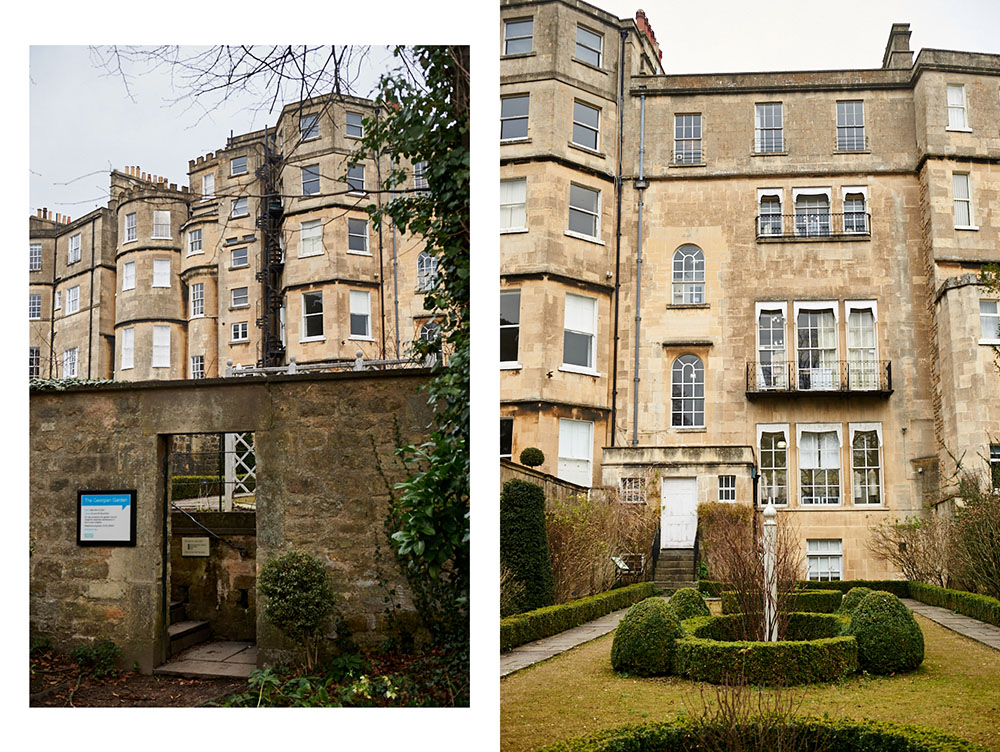
Number 4 the Circus was completed in 1761, part of John Wood the Elders scheme for the new Upper Town. In February 1754, Wood laid the foundation stone of the very first house, but, sadly, just three months later, he died. It was left to his son, John Wood the Younger, to complete and oversee the construction of the King’s Circus, as it was originally called. The frontages of the 33 houses are uniform… (austenonly.com)

The Royal Crescent
This curved row of buildings is maybe Baths most iconic landmark and was built between 1767 and 1775, designed by John Wood, the younger.
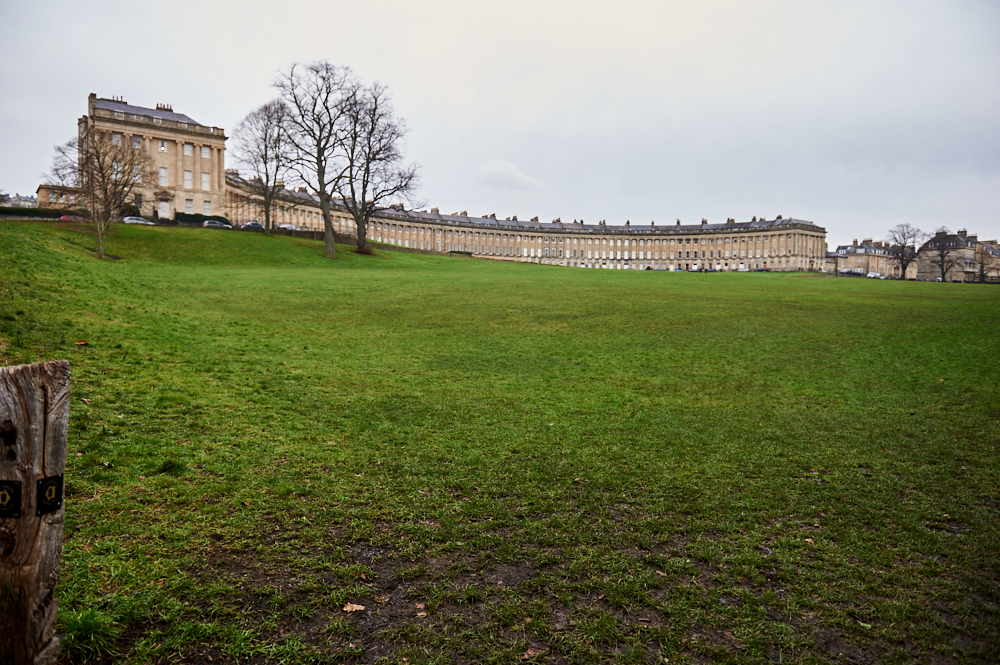
Overlooking the Royal Victoria Park, the crescent is formed of 30 houses. Crescent °1, the former home of Thomas Brock in 1769 and then in 1776 Prince Frederick, Duke of York and Albany and Henry Sandfordis is a museum of Georgian life, but unfortunately, it was on a winter break.

The land on which the Royal Crescent stands was bought from Sir Benet Garrard of the Garrard baronets, who were the landlords, in December 1766. Between 1767 and 1775 John Wood designed the great curved façade with Ionic columns on a rusticated ground floor. Each original purchaser bought a length of the façade, and then employed their own architect to build a house behind the façade to their own specifications; (wikipedia)
The fronts are all alike, except from one yellow door and some plants, but behind these facades the houses and esp. their backsides vary completely!

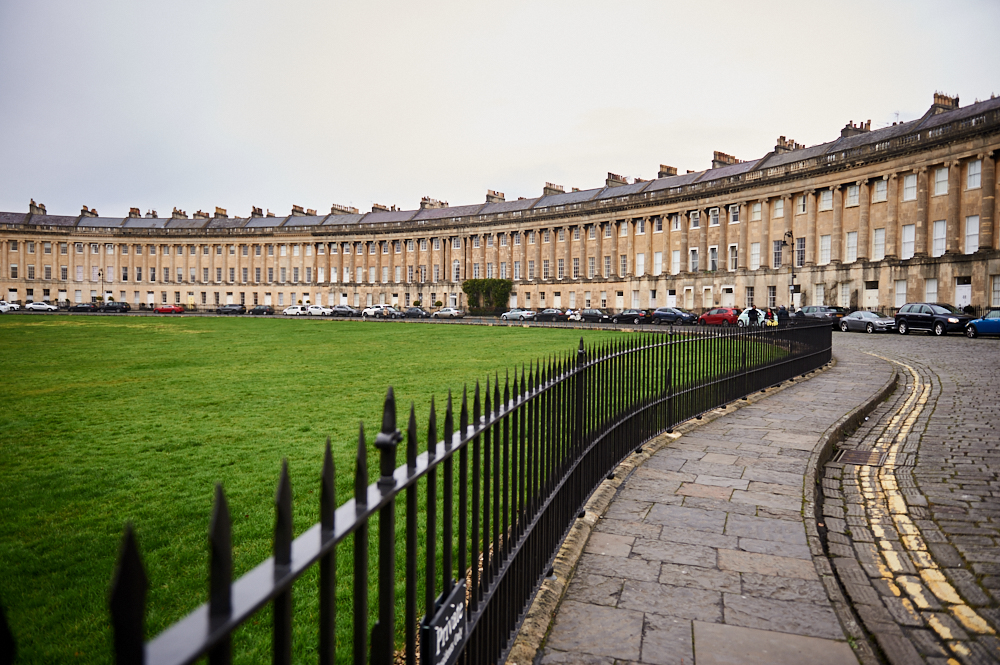

And the view from the back, former coach houses are also used for apartments and also as garages.


The Circus
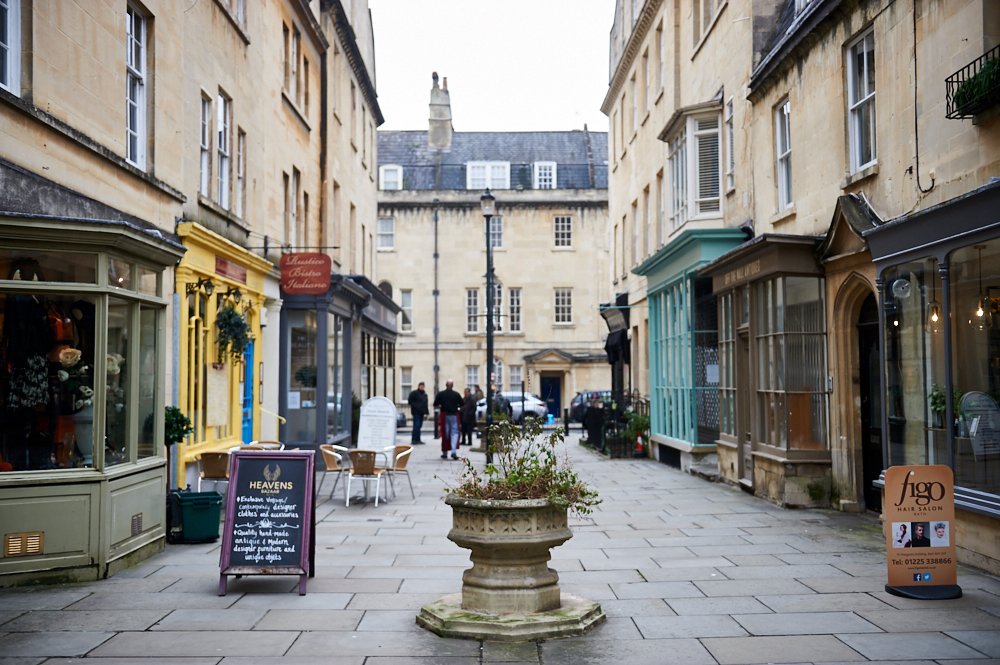
It´s just a short walk via Brook Street from the Royal Crescent to the Circus, a street with large townhouses forming a circle with three entrances.
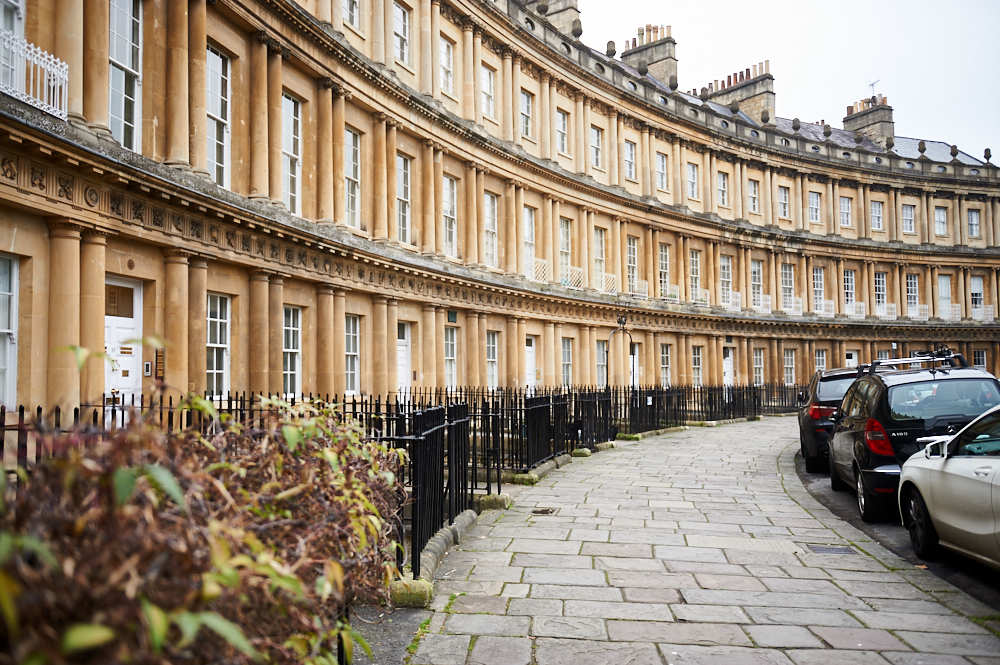
The Circus was designed by John Wood, the elder but he died three months after the construction works began, it was his son, John Wood, the younger, who completed the design in 1768.
Wood (the elder) designed the size of the circle accordingly to the diameter of Stonehenge, as he was convinced that Bath had been the principal centre of Druid activity in Britain.


And again, here is also a view from the back!
